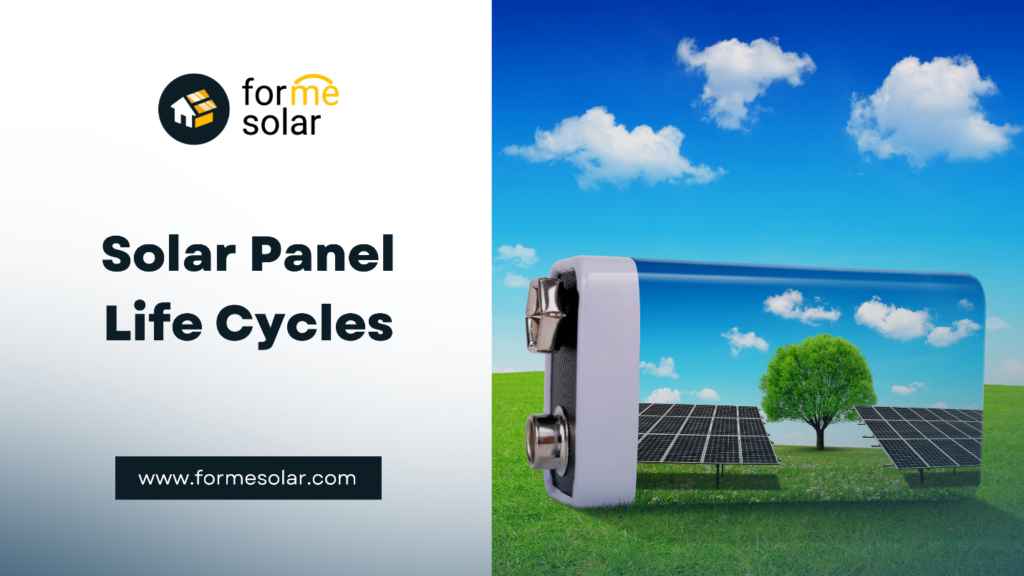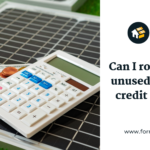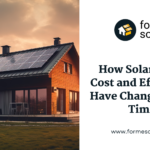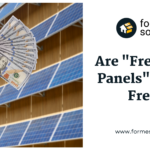
Table of Contents
Solar Panel Life Cycles
How long do solar panels last, and what happens to them afterwards?
Many of the homeowners that we speak with are interested in residential solar as a way to make a difference in building a more sustainable future for our planet However, occasionally we hear homeowners’ express concerns about the environmental impact of solar panels once their useful lifespan is over. In this article, we’ll try to address some of those concerns by taking a look at the solar panel lifecycle.
How long do solar panels last?
To begin, we should understand what we mean when we talk about the “useful” operating lifespan of a solar panel. The industry generally considers current residential solar panels to have a lifespan of 25-30 years, and this is the period that most manufacturer warranties cover. Solar panels don’t simply stop operating when that 25-30 year is up, however.
All modern solar panels are rated for a certain degradation rate – the amount that their power-generating efficiency declines with each year in use. For most leading brands, that rate is well under 1% per year. This means that at the end of a 25-year warranty period, your solar panels should still retain 80-90% of the efficiency that they had when you first installed them.
Reuse and recycling
But what happens to solar panels when their warrantied useful life span is up? One option that shows increasing promise is finding new uses for “pre-owned” panels on the secondary market. While regulatory concerns are sometimes an obstacle to re-using panels in the United States, there is increasingly strong demand for pre-owned panels in regions like the Middle East, Africa, Latin America and the Caribbean where huge amounts of sun means reduced efficiency from degradation isn’t important.
The secondary market will only grow in importance as demand for solar increases and more currently-operating systems reach the end of their warranties. There’s no denying, however, that for right now many decommissioned solar panels won’t find a new use in the secondary market. The good news is that processes for recycling solar panels exist, and are getting more efficient all the time. Solar panels currently on the market fall into two broad classifications: silicon-based and thin-film based.
The techniques used in recycling and the raw materials produced as a result differ between the two, but in both cases the largest byproduct is glass, which can easily be reused in other types of products. Just as the secondary market for repurposing used solar panels will grow with solar adoption, recycling panels that can no longer be used is an industry that’s expected to grow as the supply of truly end-of-life panels increases.
One challenge that does exist in making solar more sustainable is that some of the same innovations which are making solar more accessible also might make solar panels tougher to profitably recycle. Panel manufacturers are trying to find ways to cut down or eliminate the use of high-demand materials like copper and silver, which reduces the price of panels for customers. However, this also means that extracting those valuable materials will no longer exist as an incentive for recycling old panels.
As solar energy adoption grows, panel manufacturers are working with government regulators to set standards for the responsible and sustainable disposal of end-of-life (EOL) panels. Currently, Europe is farther along in this process than North America. Most panel manufacturers in Europe participate in a global recycling network to meet standards set by the EU. There are positive signs that the U.S. government is taking steps to address the issue, however. In March of this year the Department of Energy released a five-year action plan that will support research into current EOL solar handling practices, new manufacturing techniques that will improve sustainability, and methods for economical recycling.
The bottom line
Concerns about waste from EOL solar panels are valid, and we’re glad that our customers are thoughtful about these issues. Although the industry has a ways to go in this area, there are reasons for optimism. It’s also important to remember that in spite of challenges with the disposal of EOL solar panels, going solar remains one of the most environmentally-friendly choices that an individual can make. Every residential solar system has the same impact in its warrantied lifetime as planting hundreds of trees and saving thousands of gallons of gas.
Are you considering making the switch to solar energy and going green? Schedule a call with one of our expert Forme Solar consultants today to learn more about the benefits of solar energy and how it can work for you.
Stay up-to-date on the latest insights and trends in solar energy by following us on social media. We are committed to sharing informative content and helpful resources to help you make informed decisions about your energy needs. Join our community and discover how solar energy can make a positive impact on your life and the planet.













